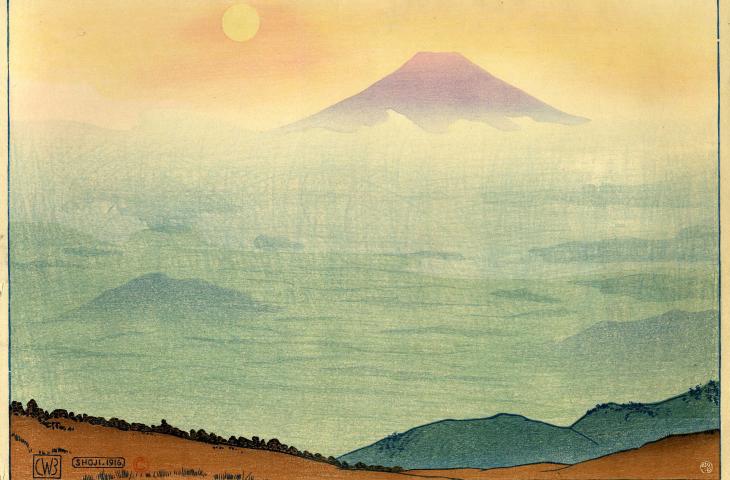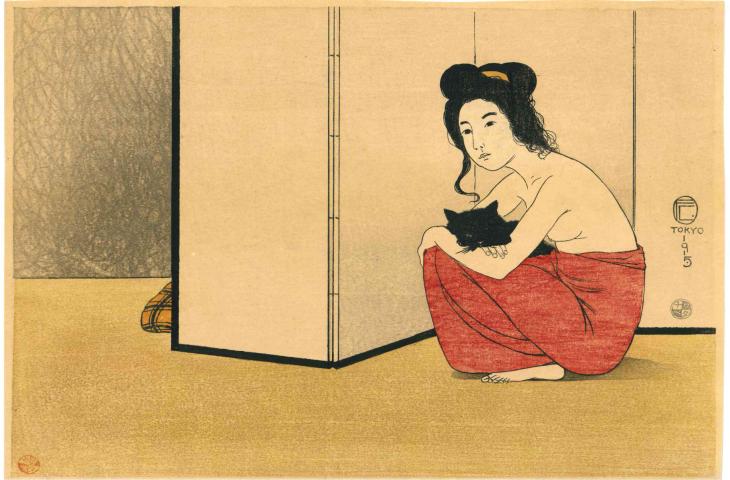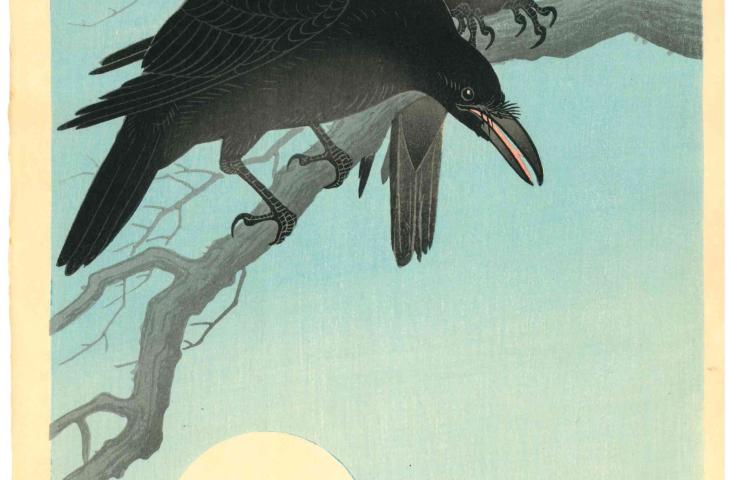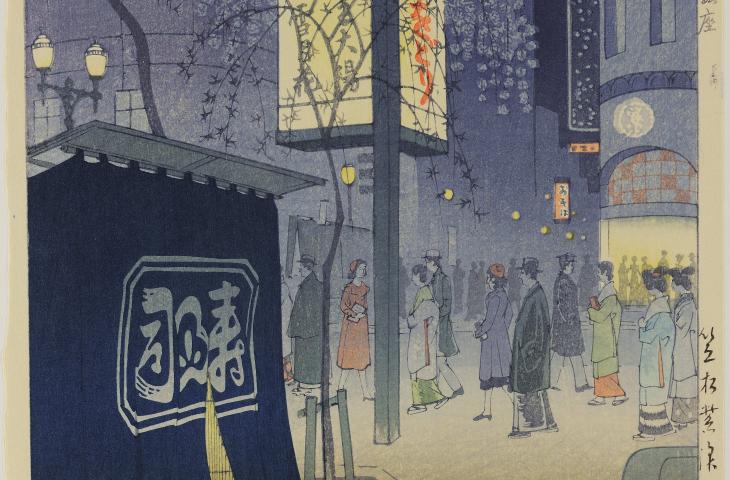Shin hanga
13.10.22 − 15.01.23

Shin hanga - The new prints of Japan (1900-1960)
The Shin hanga exhibition featured no less than 220 Japanese prints from two private collections in the Netherlands, as well as sketches, studies and prints from the collection of the grandson of the publisher Watanabe. Next to these works, the visitors found a selection of Shin hanga prints from the collection of the Art & History Museum.
The Shin hanga (literally « new prints ») art movement was a revival of traditional printmaking (ukiyo‑e) in the early 20th century. The publisher Watanabe Shōzaburō (1885-1962), noting the decline in xylographic production due to competition from new imported techniques such as photography and lithography, was the movement's greatest promoter. He gathered around him artists whose drawings were printed using traditional woodblock printing techniques.
While retaining classic themes such as landscapes, beautiful women (bijin), kabuki actors and flowers-and-birds, Shin hanga prints also reflect a modernizing Japan and seduce with a new aesthetic and an extremely high production quality. Artists: Kawase Hasui, Itō Shinsui, Ohara Koson, Kasamatsu Shirō, Komura Settai, …
This exhibition was a logical follow-up to the major Ukiyo-e exhibition held at the Museum in 2016‑2017. It took up the history of traditional printmaking in Japan where the 2016 exhibition ended. For the exhibition, the museum cooperated with guest curator Chris Uhlenbeck.
- Slow looking -
The exhibition came with a visitor guide giving more information about the prints on display. In addition, we've carefully selected ten prints where we invited you to slow down and look a little longer. Take your time, pause and enjoy.
- Search, look, think, do -
We offered an active discovery trail for families with children aged 8 and over: look at the details in the booklet and find the matching prints in the exhibition. Read on to find out more about the Japanese prints and how they were made. Search, look, think, do, and of course: have fun!
Morning Hair
The mosquito net in the background tells us that the woman is still waking up after a hot summer night. Asanegami, or “morning hair” is a poetic word used in tales and verses since at least the eighth century. It evokes the image of a woman lying in her bed and thinking of her lover. The prints published by Ikeda were of the highest quality. To guarantee his customers that his prints were truly from a limited edition, Ikeda ordered his carvers to damage the keyblock after the 100th impression. His clientele would receive a monochrome print of the gouged block as proof. It is said that the...
The mosquito net in the background tells us that the woman is still waking up after a hot summer night. Asanegami, or “morning hair” is a poetic word used in tales and verses since at least the eighth century. It evokes the image of a woman lying in her bed and thinking of her lover. The prints published by Ikeda were of the highest quality. To guarantee his customers that his prints were truly from a limited edition, Ikeda ordered his carvers to damage the keyblock after the 100th impression. His clientele would receive a monochrome print of the gouged block as proof. It is said that the authorities deemed the theme of this design too salacious and Ikeda was forced to halt the printing after 70 impressions. Unsold prints were confiscated, making this design one of the rarest shin hanga prints.
Torii Kotondo (1900–76)
Morning Hair
Date: November 1931
Signature: Kotondo ga
Artist’s seal: Kotondo
Edition: 25/100
Publisher: Ikeda shoten (Ikeda publishing company)
Block cutter: Maeda Kentarō
Printer: Maejima (full name unknown)
Size: 48 × 29.5 cm
© Private collection, the Netherlands




















